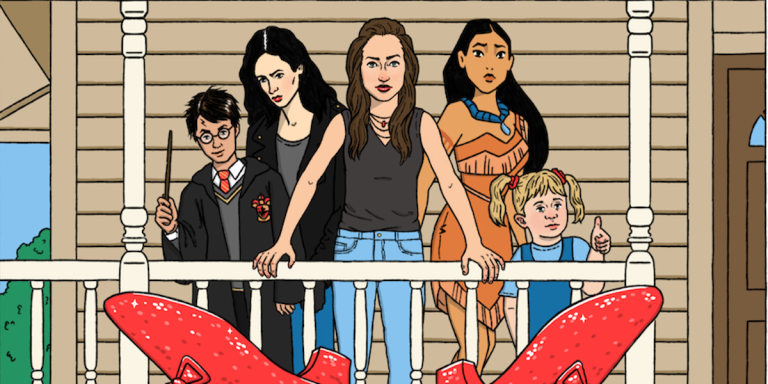
Maddie
Staff Writer
Autostraddle staff writer. Copy editor. Fledgling English muffin maker. Temporary turtle parent. Zine creator. Swings enthusiast. Political human who cares a lot about healthcare and queer anti-carceral feminisms. I asked my friend to help me write this bio and they said, “Good-natured. Friend. Earth tones.” Another friend said, “Flannel babe. Vacuum lover. Kind.” So. Find me on Twitter or my website.
Featured Articles by Author
All Articles by this Author on Autostraddle
music videos
queer musicians
mental health
music video review
clea duvall
gay marriage
album review
family
Lesbian Musicians & Queer Female Artists
music video review
Lesbian Musicians & Queer Female Artists
music video review
get baked with autostraddle
reality tv
excerpts from my super-secret diary














